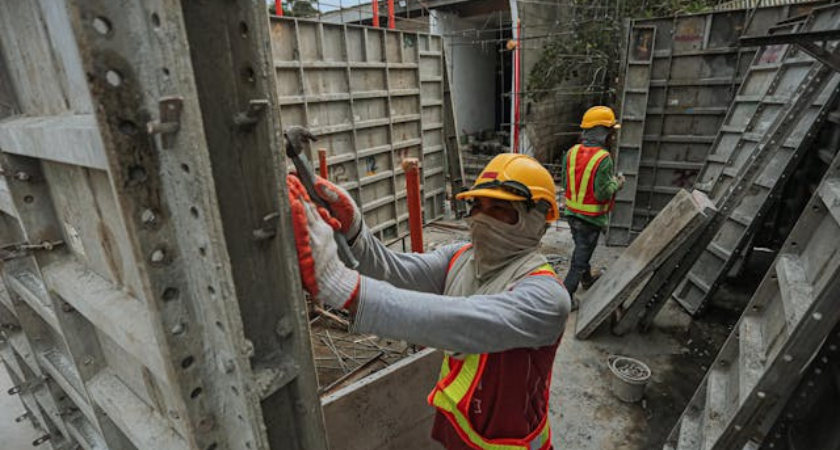
New York City is turning to modular housing as a faster and more cost-efficient solution to its ongoing housing crunch — and Staten Island is serving as the latest testing ground.
.jpg)
Officials from the New York City Department of Housing Preservation and Development (HPD) toured multiple construction sites this week where Urban Ecospaces, a real estate development firm, is assembling prefabricated housing units designed for moderate and middle-income residents.
Unlike traditional homes built entirely on-site, modular units are constructed in off-site factories, then transported and installed at their permanent locations across the city.
"It typically takes about 7 to 8 days to build one of these homes in a factory. Once they're trucked to the site, they're about 70% complete," said Urban Ecospaces' CEO Tamia Perry.
According to Perry, modular construction not only accelerates timelines but also reduces development costs by 10 to 20 percent through improved efficiency and minimized material waste.
The homes are being financed through the city’s Open Door Program, which supports ownership opportunities for working-class households.
"They'll be priced between $300,000 and 500,000. And that's for one and two-family homes. And I think anyone who lives in New York City, if you can get a two-family house and a $500,000 range, that is very affordable for the New York City market," said Urban Ecospaces President Everett Perry.
The initiative represents a $16 million investment, with the City of New York contributing approximately $9 million.
.jpg)
In addition to affordability, the project is addressing another growing concern — flood resilience.
Following devastating storms in recent years, developers have incorporated new design strategies to withstand extreme weather events.
"These homes are elevated. So if you can imagine if the water were to come through again, if there's another storm, the water goes basically right underneath," Perry said.
A total of 15 modular homes are currently in production, with final installation expected in 2026. If successful, the model could be expanded across other boroughs, offering a scalable blueprint for rapid, resilient, and affordable urban housing.
Originally reported by Crystal Cranmore in Eyewitness News.